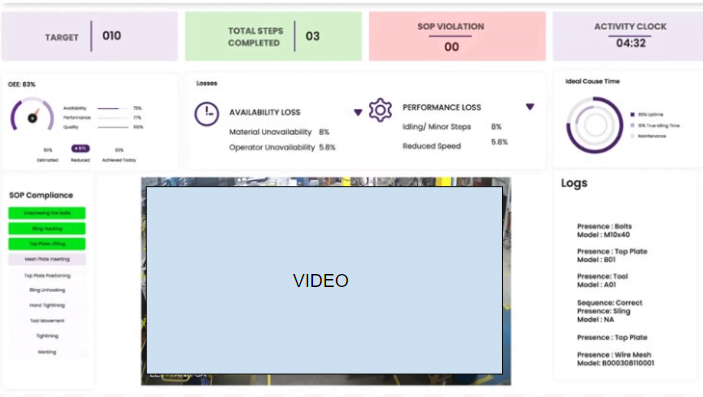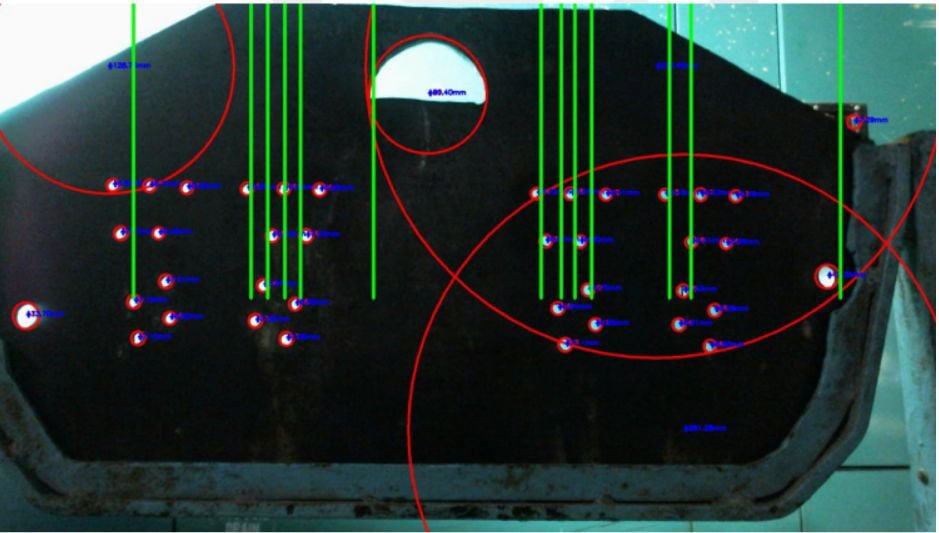A Primer on the CI/CD Pipeline and How to Use It To Improve Your Business
The CI/CD pipeline programming is one of the processes used in software development to increase productivity. This system can make changes to the code and processes within software development without interruption. It has multiple benefits, such as increased reliability, efficiency, and improved security.
But how does CI/CD pipeline programming work? What are some examples of it? What steps should you take to get started with it? What tools would you need? This article answers these questions and more by defining all of these aspects.
What is CI/CD?
Have you ever wondered what CI/CD is? If so, I’m sure the answer is yes, for most of us. Automation is what we want to get out of our software development processes. Automation has become such a hot topic in recent years because of these keywords: repeatable, secure, and timely. CI/CD can help achieve them if used correctly.
Continuous integration (CI) and continuous deployment (CD) are the two major workflow patterns required by different software engineering process stages. These frameworks build upon each other, merging codes and validating builds.
Their primary objective is to ensure that all changes are fully validated before going live in production environments. This reduces your risk of introducing unexpected bugs into your application functionality and allows you to speed up development cycles.
How does CI/CD allow developers to frequently build and test their code more easily?
The CI/CD pipeline programming is a combination of two processes. The first process is called Continuous Integration (CI), which enables developers to work together in a collaborative environment. The second process is called Continuous Delivery (CD), which ensures that the code changes get automatically pushed to the infrastructure environments.
CI/CD refers to a pipeline where you can submit new code on one end. And then, let it get tested through phases such as sourcing, building, staging, and production. Finally, release it as a ready-for-production code.
Each stage in the CI/CD pipeline programming serves as a gate that verifies a specific code feature. The premise is that, as the code travels through the pipeline, the quality of the code improvises since developers will check more aspects of it.
The CI/CD pipeline has been designed to help developers, testers, and other development team members work together to create high-quality software products.
The CI/CD pipeline consists of the following steps:
Build:
These are automatic steps that can be run regularly by an automated build tool. The build will examine the codebase, perform tests, and produce a codebase ready for release.
Test:
These are manual actions performed by developers to ensure that their software is functioning as expected before it is released into production. Tests can be written in any programming language and should produce results that indicate whether or not the software works correctly.
Deploy:
This is another crucial step in creating high-quality software products. Security testing ensures that any bugs within your codebase have been fixed before releasing it into production. Security testing includes external (e.g., penetration testing) and internal (e.g., vulnerability scanning) assessments of your application’s security posture.
Perform:
Performance testing is an integral part of creating high-quality software products because it ensures that your application meets its performance goals while meeting other requirements such as security, reliability, availability, etc…
Top 5 Benefits of using CI/CD pipeline
We’ve all been there: the software development team is working on a project that’s running late, and you know it will impact the rest of your business. But how do you get ahead of the curve when developing new features?
CI/CD makes it easy.
CI/CD stands for continuous integration and delivery, allowing you to build software faster than ever before. It also helps your company stay on top of its game by ensuring that software updates are delivered frequently and reliably.
When to use continuous integration, you’ll have a more agile development process that allows your team to be more responsive to customer needs while also helping them improve their efficiency. The groundwork for creating a pipeline programming might take a long time and may need a high learning curve, but the advantages far outweigh the time, expense, and effort required.
Let’s look at some of the top advantages of installing a CI/CD pipeline:
1. Higher efficiency
This is the most prominent benefit of a CI/CD pipeline. Automating your process will increase your productivity by creating a streamlined development, testing, and production environment.
2. Increased accountability.
If you have a review process that includes deploying code to development, testing, and production environments and entering multiple commands across several domains, then it is vital to have a CI/CD framework in place. This will ensure that you are always accountable for the code written in your organization.
3. Improved security practices.
Code deployments can be performed at any time, which means they can be used to introduce new features into your system without waiting until they are ready for release onto production environments (i.e., letting users use them now). This has led to many organizations adopting secure coding practices because it ensures there are no vulnerabilities in their software systems before they go live on production networks or devices connected directly to those networks.
4. Testing & monitoring efficiently
Automating each test case and experimenting with the software are steps in the testing process. Automation should be used for every cycle that needs to be performed repeatedly over time, and there are enough technologies out there to make this a reality. There will usually be ways to automate the equivalent of manual testing measures, thus those methods need to be assessed for potential automation outcomes.
5. Quality Delivery Quickly
The test suite should be able to be executed on each product assembly created without customer involvement during the delivery cycle. As a result, a clear objective was established: to deliver high-quality services fast via constant monitoring. Ops teams can monitor and make sure that the environment is stable and that the programme is functioning as intended, but they must make sure that the apps perform at their best by deploying new versions as needed.
The use of continuous delivery (CD) has revolutionized the software industry. It is a process that involves delivering software to users in a fast and reliable way. The goal of CD is to reduce the time it takes to create and provide an application while improving quality and reducing costs.
Ending Thoughts
CI/CD Pipeline is vital to boosting product efficiency, enhancing performance, and promoting better business. The CI/CD trend is here to stay, so hopefully, more companies will take advantage of these benefits before the next big trend comes into play.



